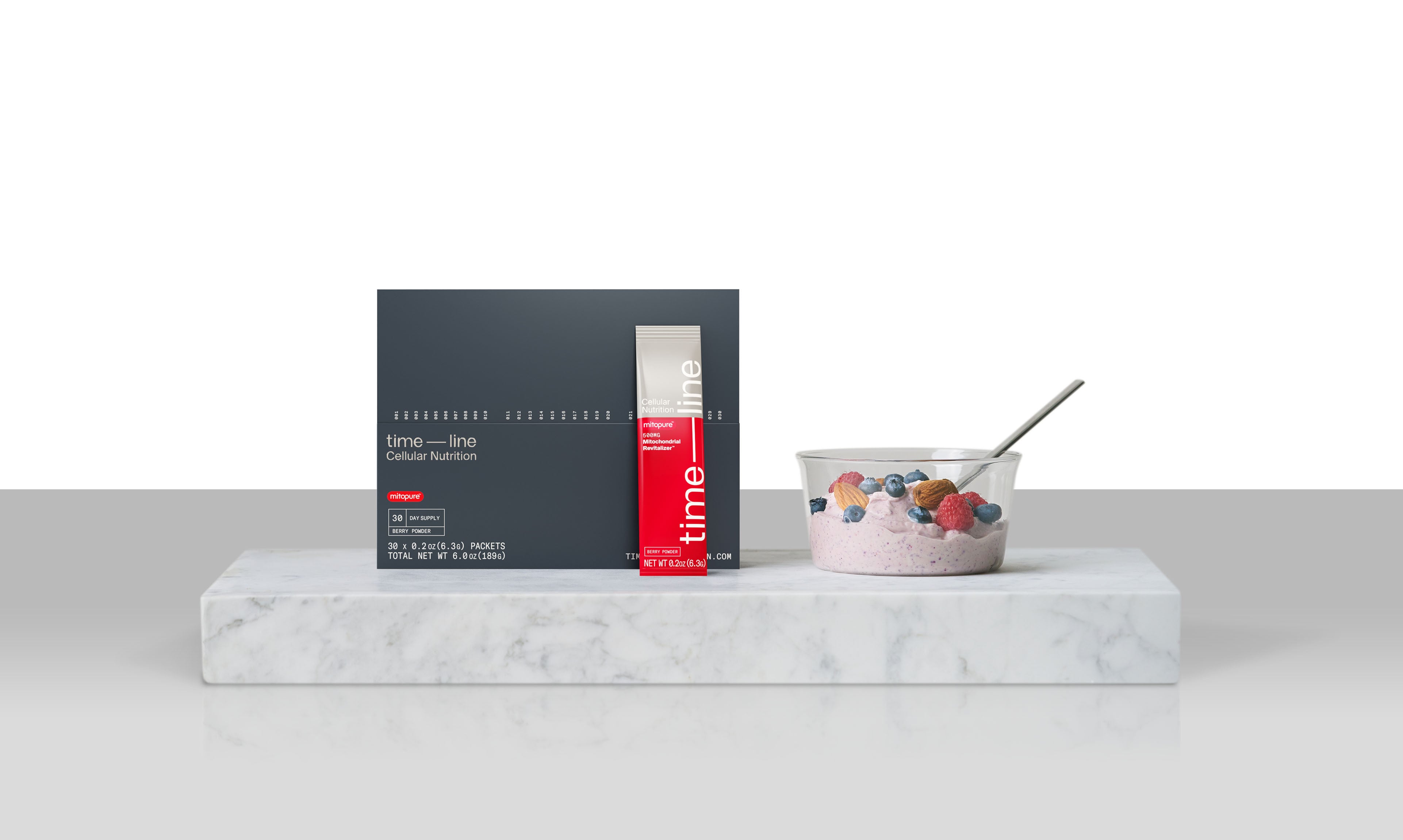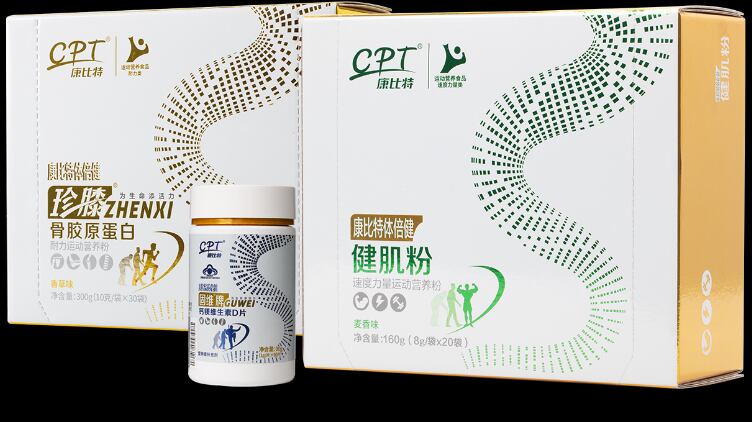In a review published in the journal Nutrients, researchers looked at the evidence behind protein consumption and fiber intake as regards microbiome makeup. The researchers hailed from a variety of universities and institutes in Australia and the UK.
Microbiome changes looked at as end point
The researchers cited 245 references in recent research to test their hypothesis that increased protein and fiber intake could not only promote homeostasis in the gut but could actually bring about a state of microbiome ‘eubiosis.’ This would be the opposite of dybiosis, i.e., ‘eubiosis’ would refer to an actual improvement in the gut condition. The term has been rarely used in microbiome research given the lack of agreement about what a baseline healthy micriobiome should look like, a baseline from which the size of any improvement would be calculated.
Nevertheless, the researchers said that looking at the actual functional changes in gut species could be a more precise way to judge the impact of dietary changes. In the past this has mostly been done by looking at correlations with outcomes. In other words, researchers would look at the incidence of obesity and sarcopenia in a cadre of older adults eating one sort of diet compared to another group eating something else. In the present review, the researchers delved one level deeper to look at the different makeup of gut microbial species within those groups to see if there was functional predictive quality to those changes.
Growing problem
Sarcopenia connected with obesity is a growing problem worldwide. A 2018 study noted that it’s hard to put a precise number on teh prevalence of sarcopenia, because of different defintions and ways to measure the problem. But the authors of that study surmised that 25% to 45% of older adults in the US suffer from the condition, and it appears to be highly prevalent in many other parts of the world.
That same paper concluded that obesity is an even graver issue. As many as 35% of older US adults qualified as obese in 2010. That number is expected to increase to 50% by 2030.
Evidence from cited papers supports links to particular microbial species
The authors of the present Nutrients study said that enough research has been done into microbiome to draw some broad conclusions about the impact of added protien and dietary fiber from various on individual microbiome makeup and what that might mean for the health of older individuals.
“The amount and source of protein combined with other lifestyle factors need to be defined in regards to microbial diversity, which further supports a personalized overall macronutrient approach considering individual variation in microbial composition. Gender, ethnicity, medical history, medication use, physical activity, genetics, local environment, and diet may all contribute significantly to different microbiota composition in older adults. Designing novel dietary patterns by examining these factors carefully in relation to specific microbial species may lead to a reduced incidence of obesity and improvements in skeletal-muscle-insulin sensitivity, as well as counteract sarcopenia and obesity during weight loss interventions using high-protein and fiber-rich diets,” the authors wrote.
“Focusing on the establishment and promotion of novel dietary protein and fiber RDAs, and aiming for greater BCFA (branched chain fatty acids) and SCFA (short chain fatty acids) abundance, respectively, could provide various metabolic benefits in sarcopenic and obese individuals before we move towards a more personalized dietary approach through advanced microbiome metabolomic techniques,” they concluded.
Jäger: Protein intake, inflammation, blood flow all play role
Ralf Jäger, PhD, managing member at Increnovo, a scientific consulting firm, said protein is proving to be an ever bigger part of the healthy aging story.
“Diet and exercise are major drivers for gut microbiota composition. Other than total protein intake, management of inflammation and blood flow to the muscle play a crucial role in how fast and to what degree muscle loss occurs and both of these properties can be influenced by gut microbiota composition. The gut microbiota changes during our lifetime resulting in an age-related decline in bifidobacteria, with centenarians having 19% less bifidobacterial compared to young and middle-aged adults,” Jäger told NutraIngredients-USA.
“Adding more protein to the diet of an elderly person seems to have not only a beneficial effect on muscle health through increasing muscle protein synthesis, other changes in the gut microbiota composition can positively influence other underlying mechanism of muscle loss, such as inflammation or blood flow,” he added.
Source: Nutrients
Nutrients 2020, 12(8), 2285; https://doi.org/10.3390/nu12082285
Impact of Protein Intake in Older Adults with Sarcopenia and Obesity: A Gut Microbiota Perspective
Authors: Prokopidis K, et al.




